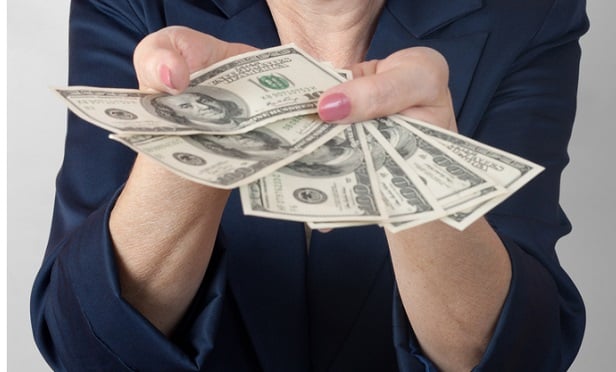By banning smoking at work and in restaurants and bars, the U.S. government has apparently made a dent in teen smoking.
That’s the word from a long-term study of trends among young smokers from the Center for Tobacco Control Research and Education of the University of California, San Francisco.
Researchers were able to frame the effect in terms the tobacco industry can well understand: They said the dampening impact was the same as an additional per-pack cigarette tax of $1.57.
Reporting on the study’s results, Reuters said that there were two major conclusions:
1) Smoke-free workplace regulations decreased the odds of teens taking up smoking by a whopping 30 percent;
2) Smoke-free bars had little to no measurable effect on when teens began to smoke, although such laws did tend to reduce youth smoking in general.
Thus was the power of the workplace isolated and heralded by the researchers.
“When you pass workplace laws it sends a strong message that smoking is out,” said the study’s senior author, Stanton Glantz. “Teenagers are looking to adults, and see adults rejecting smoking.”
Glantz told Reuters that, although raising taxes on cigarettes clearly cuts down on the number of young people who take up smoking, the study proved that such factors as smoke-free workplaces can have a powerful effect as well.
© Touchpoint Markets, All Rights Reserved. Request academic re-use from www.copyright.com. All other uses, submit a request to [email protected]. For more inforrmation visit Asset & Logo Licensing.







